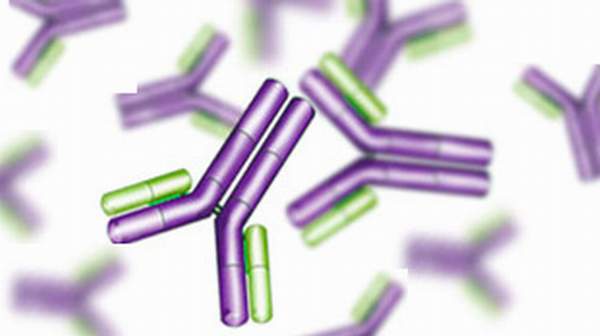What's in this article?
What is A
An Antibodies is a protein produced by the body’s immune system when it detects harmful substances, called antigens. Examples of antigens include microorganisms (bacteria, fungi, parasites, and viruses) and chemicals.
Antibodies may be produced when the immune system mistakenly considers healthy tissue a harmful substance. This is called an autoimmune disorder.
Each type of antibody is unique and defends the body against one specific type of antigen.
The production of antibodies is a major function of the immune system and is carried out by a type of white blood cell called a B cell (B lymphocyte). Antibodies can be triggered by and directed at foreign proteins, microorganisms, or toxins. Some antibodies are autoantibodies and home in against our own tissues.
The term “antibody” dates to 1901. Prior to that time, an “antibody” referred to any of a host of different substances that served as “bodies” (foot soldiers) in the fight against infection and its ill effects.
How do Antibodies Work?
Antibodies circulate in the blood stream and can appear anywhere throughout the body. If circulating antibodies come in contact with the target or antigen they were generated to fight, then the antibodies bind to the target. Depending on the antigen, the binding may impede the biological process causing the disease or may recruit macrophages to destroy the foreign substance.
Types of antibodies and their structures
Serum containing antigen-specific antibodies is called antiserum. There are five classes of immunoglobulins including IgM, IgG, IgA, IgD, and IgE.
The basic structure of all antibodies are same. There are four polypeptide chains held together by disulfide bonds. These four polypeptide chains form a symmetrical molecular structure.
There are two identical halves with the antigen binding sites between the ends of the heavy and light chains on both sides. There is a hinge in the center between heavy chains to allow flexibility to the protein. The two light chains are identical to each other. They contain around 220 amino acids while the heave chains have 440 amino acids.
There are two types of light chain among all classes of immunoglobulin, a lambda chain and a kappa chain. Both are similar in function. Each type of immunoglobulin has a different type of heavy chain.
Antibody functions
The antibody binds to specific antigens. This signals the other cells of the immune system to get rid of the invading microbes. The strength of binding between the antibody and an antigen at a single binding site is known as the antibody’s affinity for the antigen. The affinity between the antibody and the antigen binding site is determined by the type of bond formed.
Since an antigen can have multiple different epitopes, a number of antibodies can bind to the protein. When two or more antigen binding sites are identical, an antibody can form a stronger bond with the antigen.
Diagnose Autoimmune Disorders
Conditions such as thyroid disorders (hyperthyroidism and hypothyroidism), Addison’s disease, pernicious anaemia and primary biliary cirrhosis are autoimmune conditions. They have particular auto-antibodies that can be detected in a blood sample. In some autoimmune skin conditions, an antibody can be detected from a sample of the skin. (Antibodies can be identified attached to structures in the skin.)





